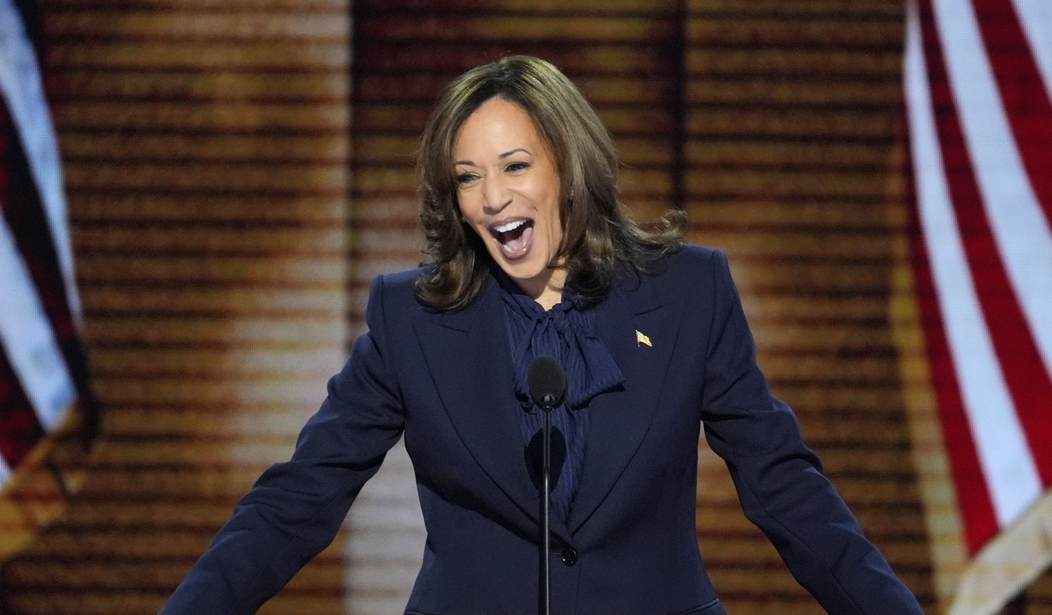As we inch closer to the 2024 election, the Biden/Harris administration’s actions suggest a concerted effort to cement their policy changes against any potential reversal under a future Republican presidency. Recent reporting indicates a move to “Trump-proof” the Department of Justice, ensuring that the current administration’s legal strategies and interpretations are maintained even if the political tides turn. But what if this effort extends beyond the DOJ? How might the Biden administration attempt to “Trump-proof” executive gun regulations through the Bureau of Alcohol, Tobacco, Firearms, and Explosives (ATF)? And what would this mean for law-abiding gun owners across America?
To understand the gravity of the situation, we must first look at how executive regulations are implemented and the unique role of the ATF. Historically, the ATF has been utilized by administrations to enforce and interpret gun laws in ways that align with their broader political goals. Under Joe Biden and Kamala Harris, there has been a clear agenda to expand gun control through executive action, bypassing the legislative branch when Congress has not been willing to act. This has included reclassifying certain firearms and accessories, like pistol braces, and enforcing stricter regulations on what constitutes a “ghost gun.”
The Executive Authority of the ATF
The ATF’s power lies in its regulatory authority. Unlike laws passed by Congress, which require broad consensus and are subject to change with new legislation, executive regulations set by agencies like the ATF can be more resilient. Regulations are not as easily undone, particularly if they are entrenched through comprehensive legal frameworks, robust administrative procedures, and court rulings that set precedents favoring the regulations’ legitimacy.
In recent years, the ATF has been at the center of controversial regulatory changes, many of which have sparked significant legal battles. For example, the redefinition of what constitutes a firearm in relation to “ghost guns” was a contentious move that expanded the ATF’s reach, aiming to close what the administration deemed a loophole. Similarly, the classification of pistol braces as items that could turn a firearm into a short-barreled rifle subjected thousands of previously legal firearms to new regulations under the National Firearms Act, potentially criminalizing millions of gun owners overnight.
These moves represent not just a regulatory shift but a broader strategy: the Biden administration appears intent on embedding these changes deeply within the federal bureaucracy to ensure they survive beyond his term.
Biden/Harris Attempts to Trump-Proof Gun Regulations
The notion of “Trump-proofing” executive actions revolves around making them resistant to reversal. Here’s how the Biden administration has applied this concept to gun regulations through the ATF:
- Ignoring Administrative Processes: By ignoring the Administrative Procedure Act (APA) when creating new regulations, the Biden administration can make it much harder for future administrations to repeal these rules without going through the same rigorous process. This would involve extensive public comment periods, comprehensive responses to feedback, and a detailed justification of the rules based on statutory authority and public safety.
- Embedding Regulations in Broader Legal Interpretations: The administration continues to encourage legal interpretations that align with their regulatory changes, even when the logic is sometimes self-defeating. By defending these interpretations in court and pushing for rulings that set binding precedents, they are attempting to create a legal environment that favors stronger gun control measures. A regulation upheld by the courts, especially at the appellate level, becomes significantly harder for future administrations to dismantle.
- Institutionalizing Infringement: The Biden administration has worked to integrate new regulations into federal compliance that involves multiple agencies beyond just the ATF. This creates an interwoven regulatory environment where undoing one part of the structure could require disassembling a much larger system. For instance, connecting ATF regulations with Department of Homeland Security initiatives on public safety could complicate efforts to repeal these rules. Another example is the attempt to regulate the composition of ammunition by creating an environmental regulatory framework that disallows certain materials like lead.
- Expanding the Scope of Enforcement: By expanding the ATF’s enforcement reach, the administration can normalize new regulations. This involves ramping up inspections, increasing penalties for violations, and enhancing data-sharing with local law enforcement. Such measures could embed the regulations into the fabric of national and local law enforcement practices, making them a de facto standard that would be challenging to reverse.
- Influencing Public Perception and Industry Compliance: The administration has also aimed to shift public perception and industry compliance through sustained public relations campaigns and partnerships with compliant sectors of the firearms regulatory complex. By framing these regulations as necessary for public safety and supported by data, they could create a narrative that makes reversing anti Second Amendment regulations politically costly for future administrations. Just look at the Biden/Harris move to label gun violence as a public health crisis.
Over the course of the next few articles, I'll show how the Biden/Harris administration has used these five methods to bypass Congress to undermine the Second Amendment.
The Threat to Second Amendment Rights
The implications for Second Amendment rights are profound. A “Trump-proofed” ATF regulation regime could set a dangerous precedent where the executive branch, through regulatory agencies, effectively enacts gun control measures without the need for congressional approval. This circumvents the democratic process and places significant power in the hands of unelected officials.
For pro-Second Amendment advocates, this is a call to action. The right to bear arms is enshrined in the Constitution, not as a privilege granted by the government but as a fundamental right that predates the founding of our nation. Executive overreach through regulatory agencies threatens to undermine this right, creating a patchwork of rules and restrictions that vary not by law but by the whim of whoever occupies the White House.
As gun owners and defenders of the Second Amendment, we must remain vigilant. It is not enough to hope for favorable court rulings or sympathetic politicians. We must engage in the regulatory process, provide comments during public input periods, and provide financial support to those entities, like the Second Amendment Foundation, The Firearms Policy Coalition and The California Rifle & Pistol Association (yes, we must support the 2A in places like California and Massachusetts), whose are mounting effecitve legal challenges to overreaching regulations. We must hold our elected officials accountable and demand that any changes to our gun rights go through the proper legislative channels, reflecting the will of the people, not the agenda of a single administration.
The battle for our Second Amendment rights is not just fought in the halls of Congress but in the often-overlooked rooms of regulatory agencies. And if the Biden administration is, in fact, “Trump-proofing” the ATF, it is up to us to ensure that our rights are not sacrificed in the process.







Join the conversation as a VIP Member